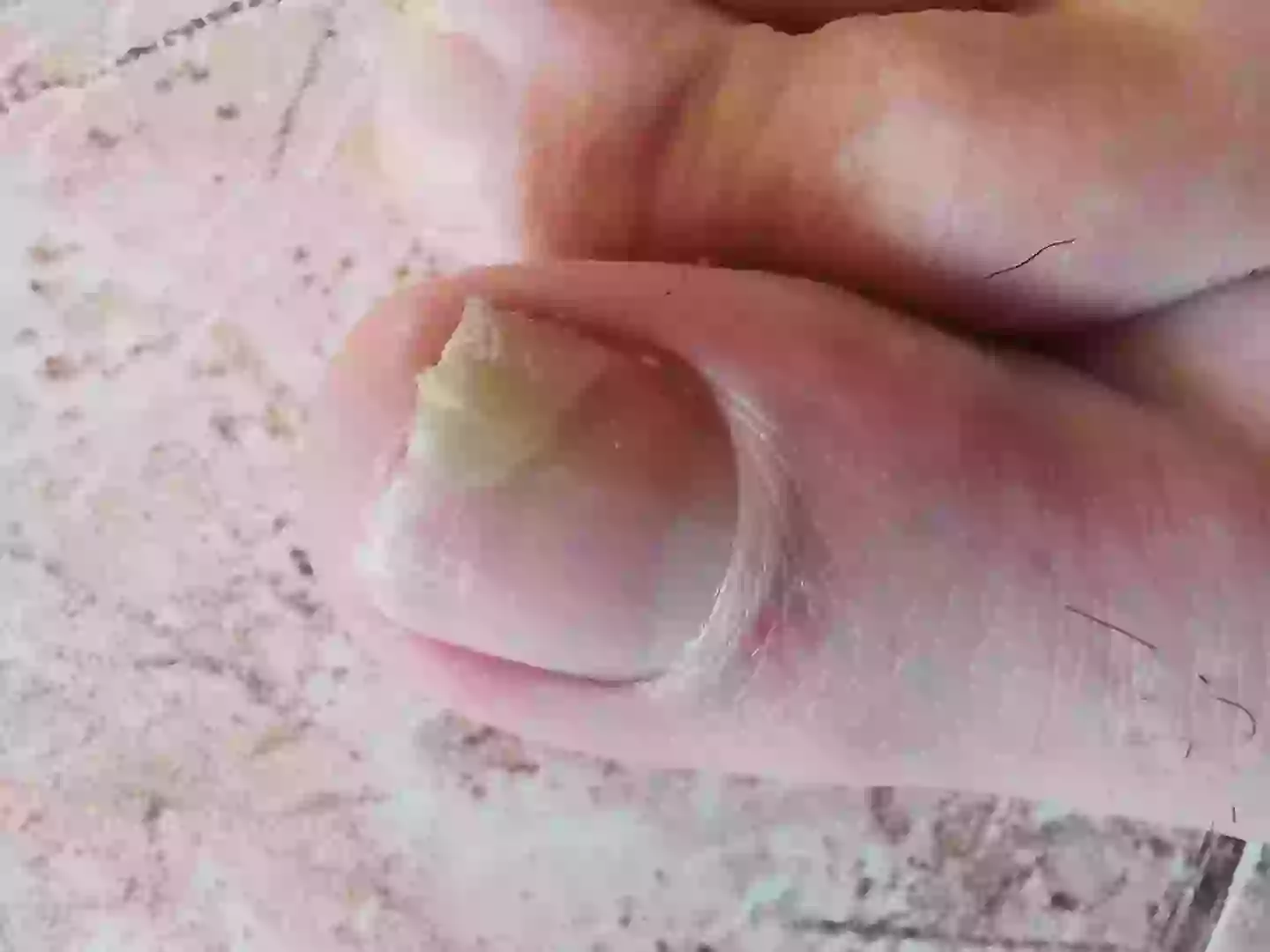
A pharmacist has shared how your feet can let you know whether you have a serious health condition.
Feet aren’t exactly things we consider as signs of health problems, but apparently, it’s true when it comes to this one issue.
It turns out the state of your mitts could provide sound insight into whether you need to go to the doctor’s office.
Advert
Whether it’s a cut that just won’t heel or fungal nail infections that just won’t let up, there’s always something that your feet could be trying to tell you, but you’ve no idea because they’re always covered up by your socks and shoes.
Noel Wicks, a pharmacist and advisor to Excilor has shared to the Express about how you could be totally clueless about two serious conditions that your feet have been trying to tell you about.
He shared: “We need to keep an eye on our foot health, including our toenails , because it can impact on our overall health and be a sign of [serious] health issues.”
.webp)
Advert
As the blood vessels to the toes are tiny, clogging them up with fat is pretty easy.
He added that this could make them feel cold, painful, swollen or numb, which isn’t a good sign for your health.
Specifically, it’s a marker for heart disease.
He shared that not only do your feet hold some signs, but so do your toenails.
Advert
Wicks said: “Thickening and brittleness of toenails may also occur with heart disease.”
However, it’s not just heart disease that your feet can display signs of, it’s diabetes.
Diabetes can in fact affect your feet, and although it can be hard to see the signs, it’s vital that you take a closer look.
According to the NHS, Peripheral arterial disease (PAD), also known as peripheral vascular disease, is a build-up of fatty deposits in the arteries which restricts the blood supply to your leg muscles.
Advert

The website states: "Many people with PAD have no symptoms. However, some develop a painful ache in their legs when they walk, which usually disappears after a few minutes' rest. The medical term for this is 'intermittent claudication'.
"The pain can range from mild to severe, and usually goes away after a few minutes when you rest your legs. Both legs are often affected at the same time, although the pain may be worse in one leg.”
He also explained that you should be looking for things like tingling, pain, burning, dry skin, cracked skin, blisters or sores that don’t heal, fungal infections and athlete’s foot.
Advert
With a fungal infection, this includes having thick yellow nails too.
All of these signs could point to your urgent need to go to the doctors and ask for an investigation.
If you stay silent, you might begin to experience other symptoms.
For your heart this could be pains in your chest, heart palpitations or shortness of breath.
When it comes to diabetes, you might feel tired all of the time, have unexplained weight loss, or feel particularly sleepy after eating your meals.
But before it gets to that, you should probably have your feet checked out.
